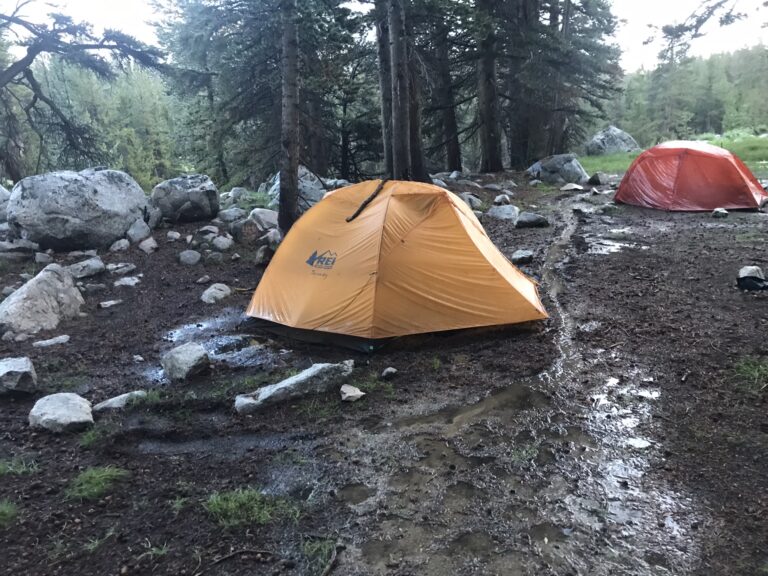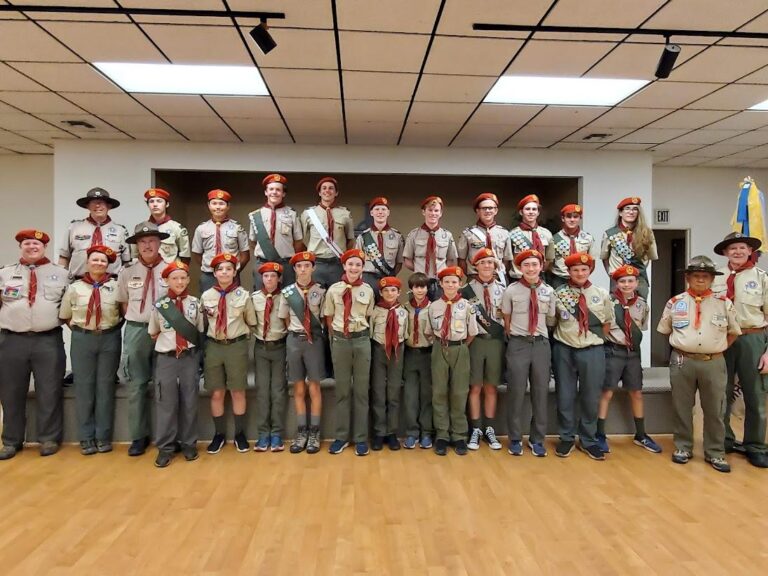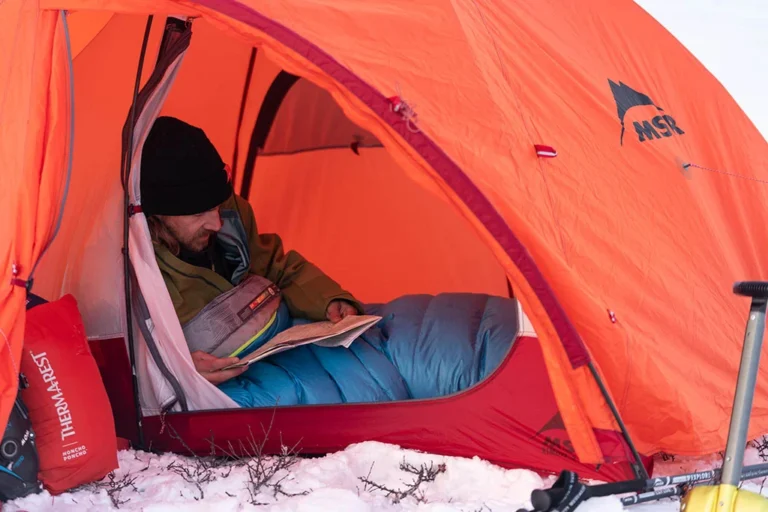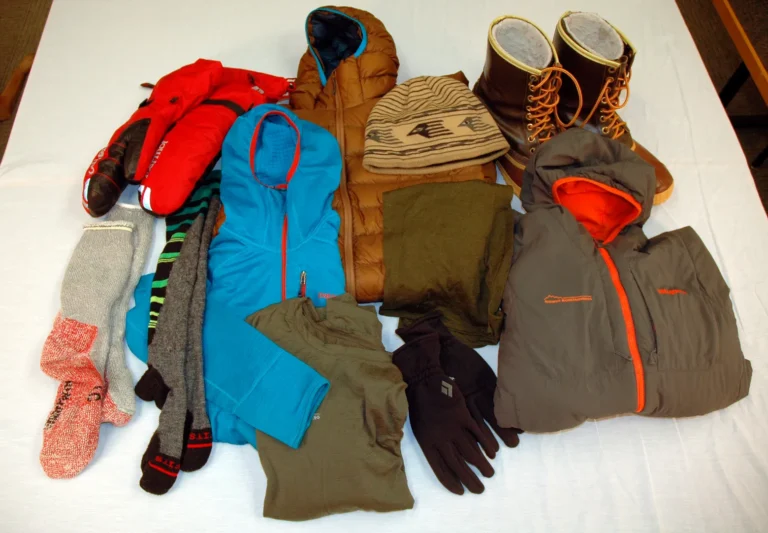Blisters
The Cure: Catch the hot spot before it’s too late. Heavy all-leather waffle stompers may have gone the way of the dodo bird, but blisters, alas, have not. Friction, pressure, poor fit, and wet socks still combine to create irritating hot spots. To protect the skin on your heels and toes, follow these tips.
Blister Prevention
- Good advice is worth repeating: The best way to prevent blisters is to wear boots that fit- with room to move your toes and without heel slippage.
- Wear wool or synthetic socks (read: Not Cotton) that wick away moisture. Or try a silk or polypro liner under a hiking sock so that friction occurs between socks layers instead of against your skin.
- Trade down to lighter boots. Many of today’s high-tech low-tops have enough sole support to handle 40-pound loads, but flexible uppers that are gentler on your feet.
- That’s said, don’t skip the break-in. It’s still wise to wear new boots around the house and on day hikes before a multi-day trip.
- Run interference on hot spots. As soon as you feel a burning sensation, cover the spot with moleskin or duct tape.
Blister Treatment
- Pop a blister before it breaks inside your sweaty, dirty sock. Clean the area, then pierce the roof of the blister with a sterile needle and massage out the fluid. Keep the roof intact to protect the skin underneath.
- Cut a hole in a piece of moleskin or form just larger than the blister. Apply antibiotic ointment, then tincture of benzoin on the clean, dry skin around the blister; the common antiseptic boosts the stickiness of tape and bandages. Wait 15 seconds, then affix the moleskin donut so the hole creates a pressure-free pocket around the sore. Apply a second layer as needed to keep direct pressure off the blister. Seal with a “lid” of moleskin, and cover the entire patch with duct or athletic tape.
- Keep a bandage in place for up to 3 days, then wash and retape. If the area is red, swollen, or leaking pus, it’s infected. Keep it dressed; if the infection persists for more than a few days, see a doctor.






